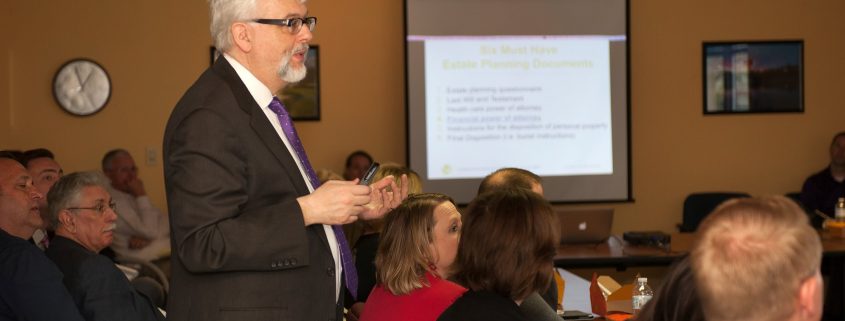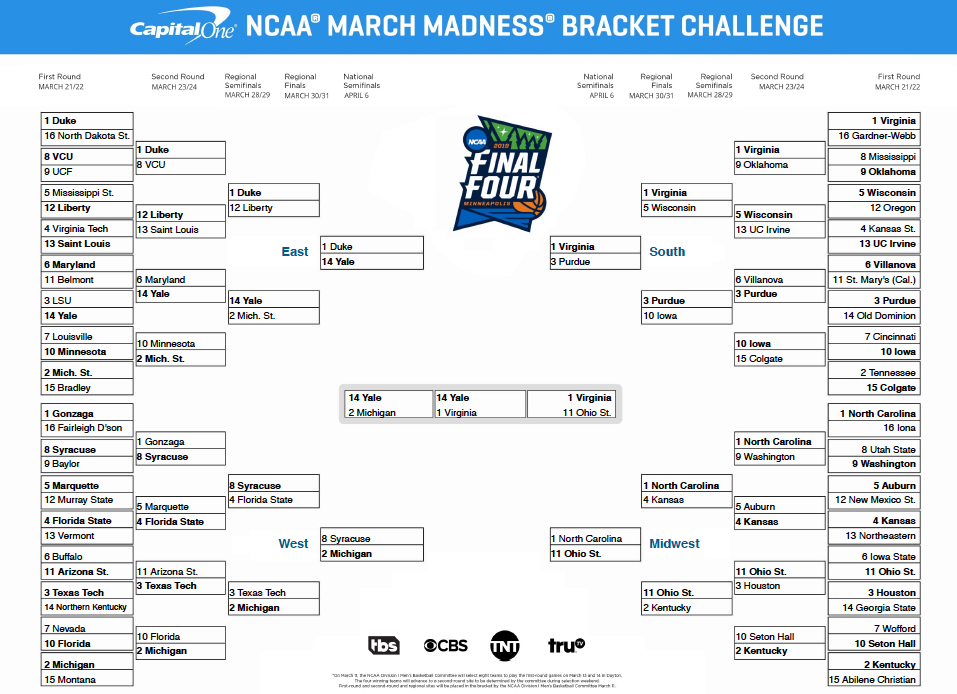April Fool’s and Easter aren’t the only days to look forward to in April! I like to help spread the word about all the awesome events, awards, and grants available in Iowa. There are so many great opportunities for nonprofit pros, board members, volunteers, and donors, that range from webinars to workshops. But, life is busy, and it can be hard to keep track of what you should register for or put on your calendar. That’s why I compiled a list for your convenience!
Learning Seminars, Trainings, & Workshops
- 4/2- For those on the western side of the state of Iowa, young professionals can take advantage of the opportunity to learn about what it means to serve on a nonprofit board at this Board Training (in Omaha) presented by Share Omaha.
- 4/3- Still not sure how search engine optimization can help your nonprofit, or what it is? Cedar Falls-based Red Lab Technologies will be helping the Community Foundation of Northeast Iowa Marketing Meet Up group get answers and solutions to these questions and more.
- 4/4- Attend the Central Iowa Chapter of Grant Professionals Association, “In It to Win It – Grant Writing, Management, and Everything in Between” workshop at DMACC. Pro grant trainers Johna Rodgers, GPC, and Amanda Day, GPC, share their knowledge of grant writing, management, and other topics.
- 4/4- The Minnesota Planned Giving Council will lead community foundation participants in a one-day seminar through the nuts and bolts of planned giving instruments and strategies at the Greater Des Moines Botanical Gardens. Registration is $25 per participant.
- 4/9- Cedar Valley Nonprofit Association is hosting SuperSTAR Supervision to enhance your professional skill repertoire while heightening the intentionality of your supervision through the sharing of tips and strategies to make you a S.T.A.R. in your most important role. Presenter: Dr. Beth Triplett, Leadership Dots.
Free for CVNA members/$25 non-members. - 4/9- The Association of Fundraising Professionals Eastern Iowa Chapter is hosting a program highlighting the Eastern Iowa successes with giving circles that reflect the generosity of community members and may offer insights into giving preferences of a relatively untapped demographic. Learn more from Leighton Smith, who helped found the Hawkeye Chapter of 100+ Men Who Care, which surpassed $500,000 in total cash contributions this past November.
- 4/15- Hosted by World Renew in Pella, “Helping that Helps” workshop attendees will hear stories from practitioners, best practices from each other, and be inspired to confidently partner both locally and globally in a way that provides hope instead of unintended harm.
- 4/25- For the quarterly membership meeting of the Iowa Council of Foundations, head to NewBoCo for an interactive session on how Power Moves can help you redefine risk to more effectively build, share and wield power for equity and justice.
- 4/30- Here’s a great event in Des Moines: “A Fairytale for Fundraising: Storytelling Strategies to Inspire Donations.” The workshop is for nonprofit staff and board members who want to make a connection between marketing and development functions, lead fundraising or promotional efforts for the organization or want to gain a better understanding of how they can be an ambassador for their organization by telling the story of impact and opportunity. The cost to attend is $30 and the event will be held at Junior Achievement in Des Moines.
Events
- 4/4- UNI’s Nonprofit Leadership Alliance Student Association hosts the15th Annual Cedar Valley Nonprofit Awards Luncheon to recognize the contributions of local nonprofits and nonprofit leaders.
- 4/5- Put a spring in your step with eight rounds of trivia in Iowa City to benefit a community non-profit, the Antelope Lending Library Bookmobile.
- 4/6- Join the Clinton Committee at the 24th Annual Clinton Benefit: Red, White, and Blue make wishes come true to benefit Make-A-Wish Iowa.
- 4/6- Hops for Housing is a fund- and awareness-raising event at NewBo City Market to benefit Willis Dady Homeless Services, which provides shelter and prevention services to homeless and near-homeless households in Linn County. The event will feature beers from 35-40 local, state, national, and international breweries. Tickets are $30 in advance and $35 at the door.
- 4/12- Eastern Iowa Corridor wine and beer tasting event, Uncork A Wish, returns to Cedar Rapids. All proceeds will go to Make-A-Wish Iowa to help grant wishes for children with life-threatening medical conditions.
- 4/25- Attend the spring banquet benefiting the Dubuque Dream Center. The theme is Impacting Youth. In the keynote, “Telling Our Story,” teachers, parents & students will share how the Dubuque Dream Center has impacted lives and the Dubuque community. An individual ticket for this event is $75 and a table of 8 is $600.
- 4/26- Putts for Prevention is an exciting and fun nine hole putt-putt course located at all of your favorite downtown eateries in Cedar Rapids. Your day will start at Greene Square Park and follow the course of restaurants and bars. The best part? The proceeds will go to Foundation 2 and support crisis services and suicide prevention efforts.
Grants
- 4/3- Grants starting at $25,000 to Iowa nonprofit organizations and government agencies for projects that will improve the Greater Des Moines area.
- 4/8- Grants of $25,000 to USA, Canada, and International technology nonprofits for general operating support and mentorship.
- 4/15- Grants of up to $5,000 to Iowa and Illinois nonprofit organizations to benefit women and children in the greater Dubuque area. Funding is intended to promote self-sufficiency and remove obstacles to opportunity.
- 4/15- Grants ranging from $500 to $5,000 to Grinnell, Iowa nonprofits and organizations for projects and events that draw tourists from outside of the immediate area. Applicants must meet with staff prior to submitting an application.
- 4/15- Grants to Jasper County, Iowa nonprofit organizations and government agencies, including schools, IHEs, fire departments, and libraries to benefit local communities. Program areas include health, education, and human services; arts, culture, and humanities; public and society benefits and other community activities.
There are so many great events and opportunities for nonprofits and the people that advance them that there is no doubt I missed some in the list above. If you would like to notify GFLF of any upcoming nonprofit-focused events and opportunities in the coming months, don’t hesitate to email me at gordon@gordonfischerlawfirm.com.




 Federal Income Tax Charitable Deduction
Federal Income Tax Charitable Deduction














